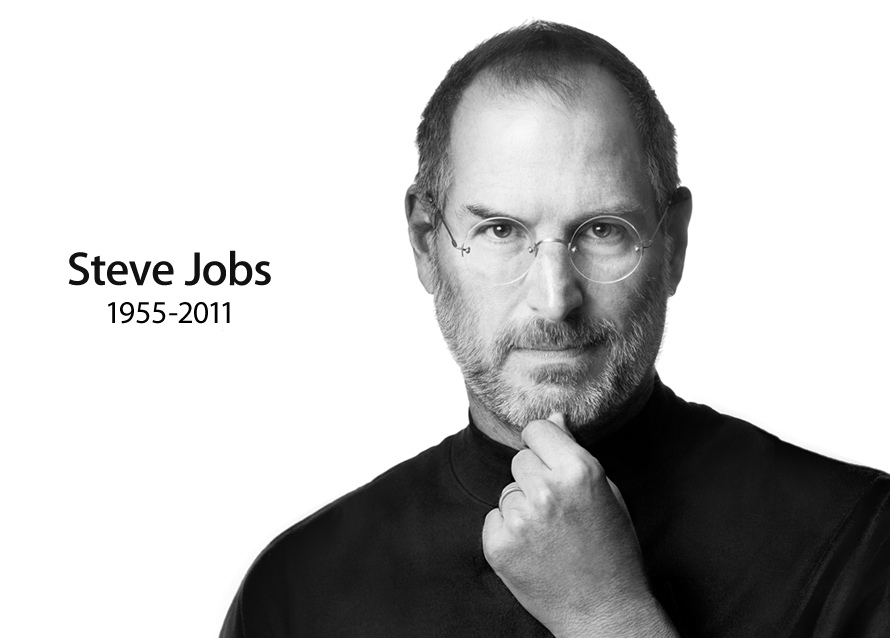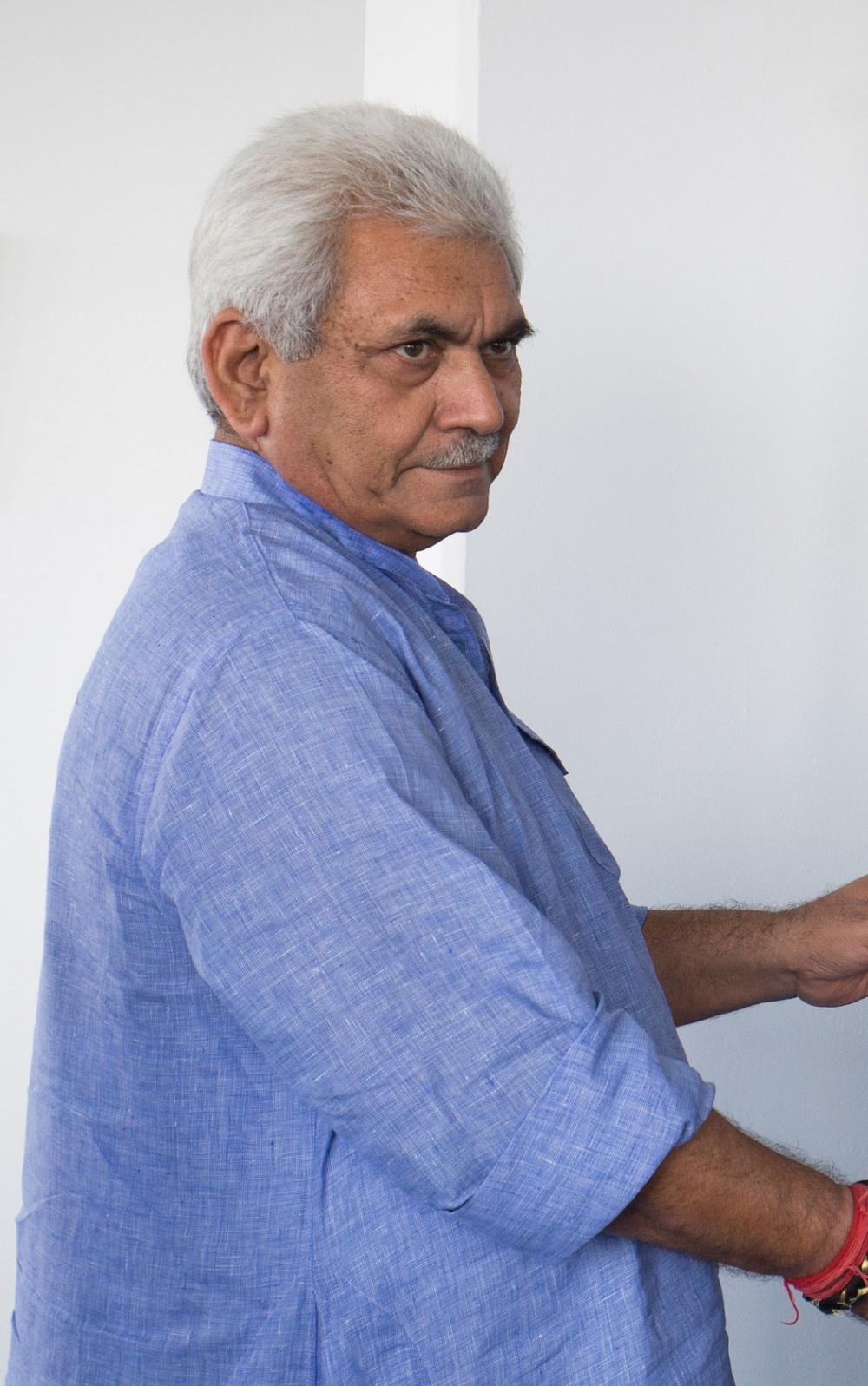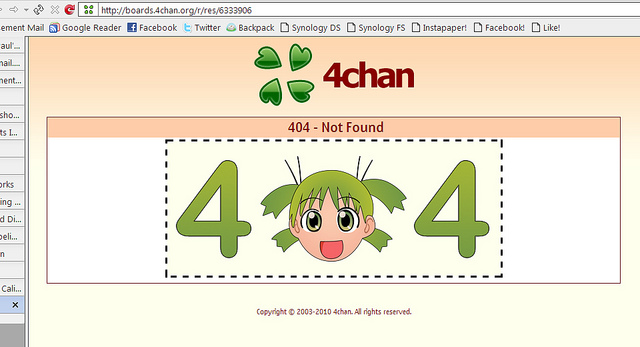October 5 – technical history

1969 – The first episode of Monty Python’s Flying Circus aired on the BBC. The show created the Spam sketch that would eventually inspire the slang term for unsolicited email.
1991 – Linux Kernel version 0.02 was released, attracting a lot of attention. Author Linus Torvalds felt this version was at least usable and worth a wider release.
1992 – IBM announced the ThinkPad line of Notebook computers at offices in New York City.
1996 – Supercomputer Pioneer Cray Dies in Auto Accident
The father of the supercomputer, Seymour Cray, died due to injuries sustained in a car accident two weeks earlier. Cray was born September 28, 1925, in Chippewa Falls, Wisconsin. Cray worked among computer pioneers after graduating from the University of Minnesota in 1951 with bachelor’s and master’s degrees. With several others, he founded Control Data Corp., where he built the CDC 1604 and CDC 6600. The later was the most powerful computer of its time – three times more powerful than IBM’s STRETCH. Cray founded his own company, Cray Research, in 1972 and built supercomputers in a cylindrical design that aimed to cut down on the length of internal wiring. Crays are used primarily for scientific research and computer graphics.
2002 – “Xbox Media Player” and its first beta source code was released. The code was a result of Frodo, the founder of “YAMP” (Yet Another Media Player), joining the Xbox Media Player team. The project was later changed to Xbox Media Center and then just XBMC.
2011 – Steve Jobs Passed Away
After a long battle with pancreatic cancer, technology visionary and founder of Apple Computer, Steve Jobs passed away. Job’s contributions to the technology industry are undeniable. Together with Steve Wozniak, Steve Jobs started the personal computer revolution with their Apple II computer. After being forced out of Apple, Jobs went on to found NeXT, Inc. and then purchase Pixar, the company that would redefine the animated motion picture industry. In 1997, Apple purchased NeXT which brought Jobs back to Apple and the technology developed at NeXT was used as the foundation for Apple’s future operating systems, Mac OS X and iOS. By introducing the iPhone and iPad, he ended the PC era he created, kickstarted The New World of Technology and led Apple from the brink of collapse to the most valuable company in the world.
If you like this post kindly comment below and do share your response. Thanks for reading.







You must be logged in to post a comment.